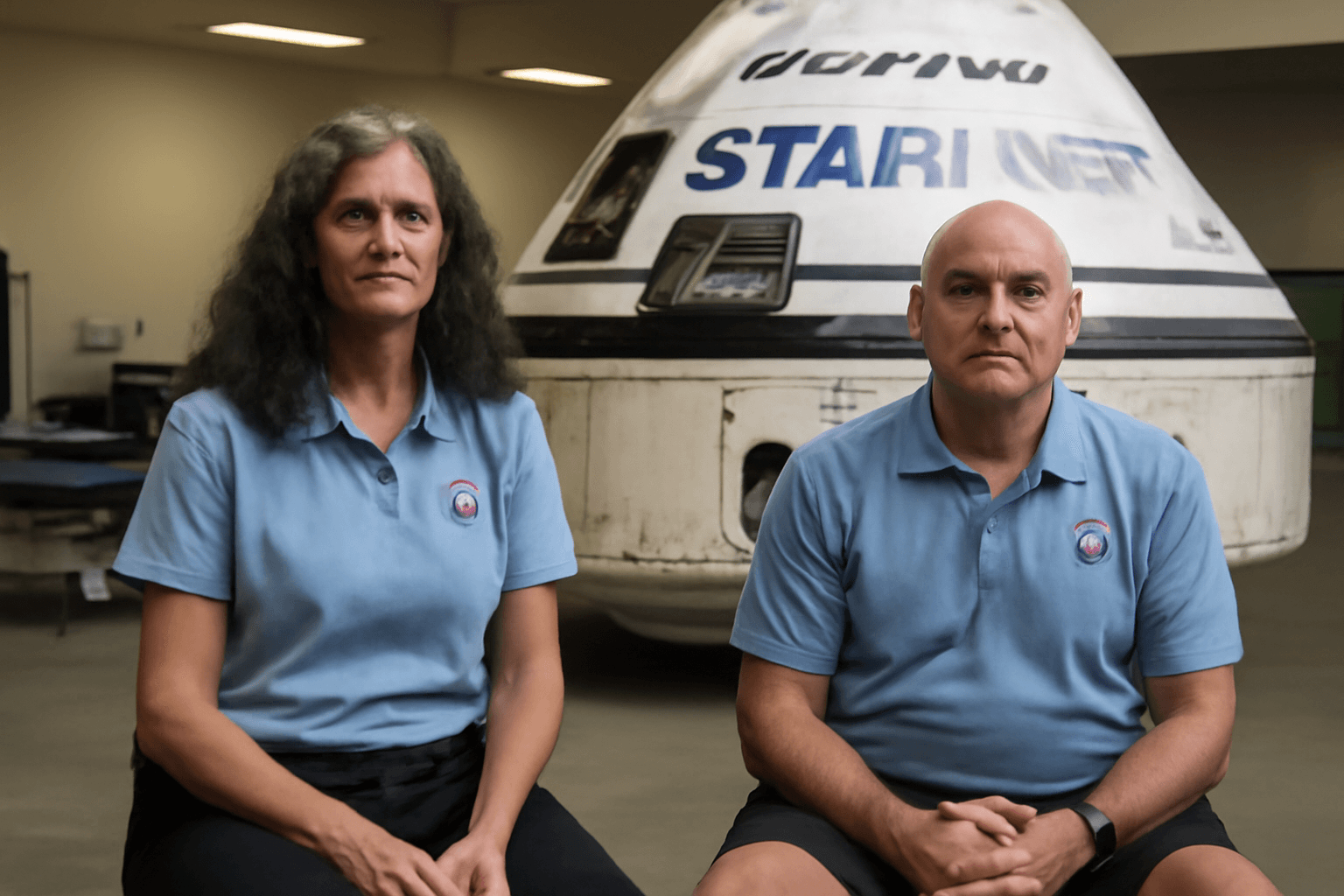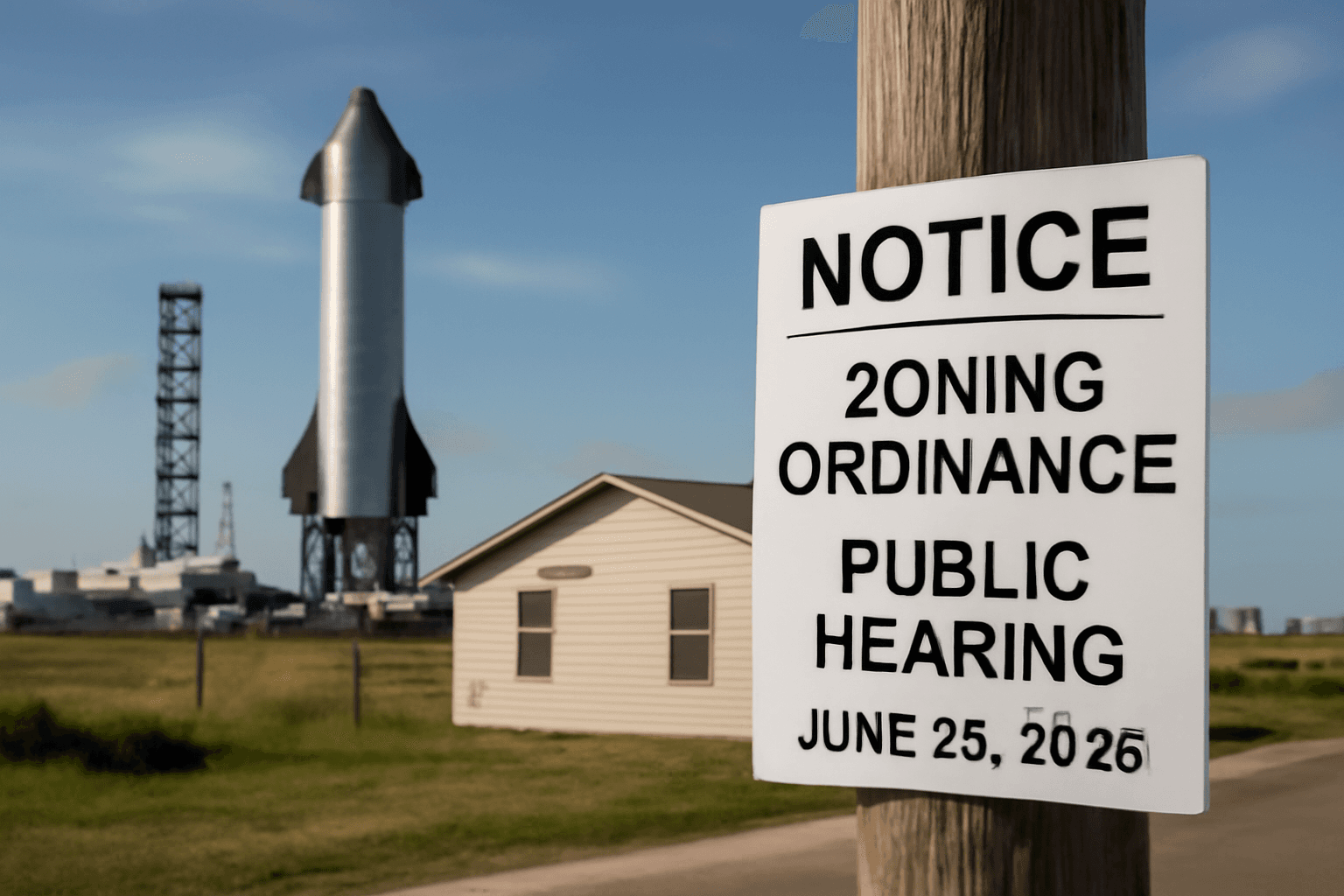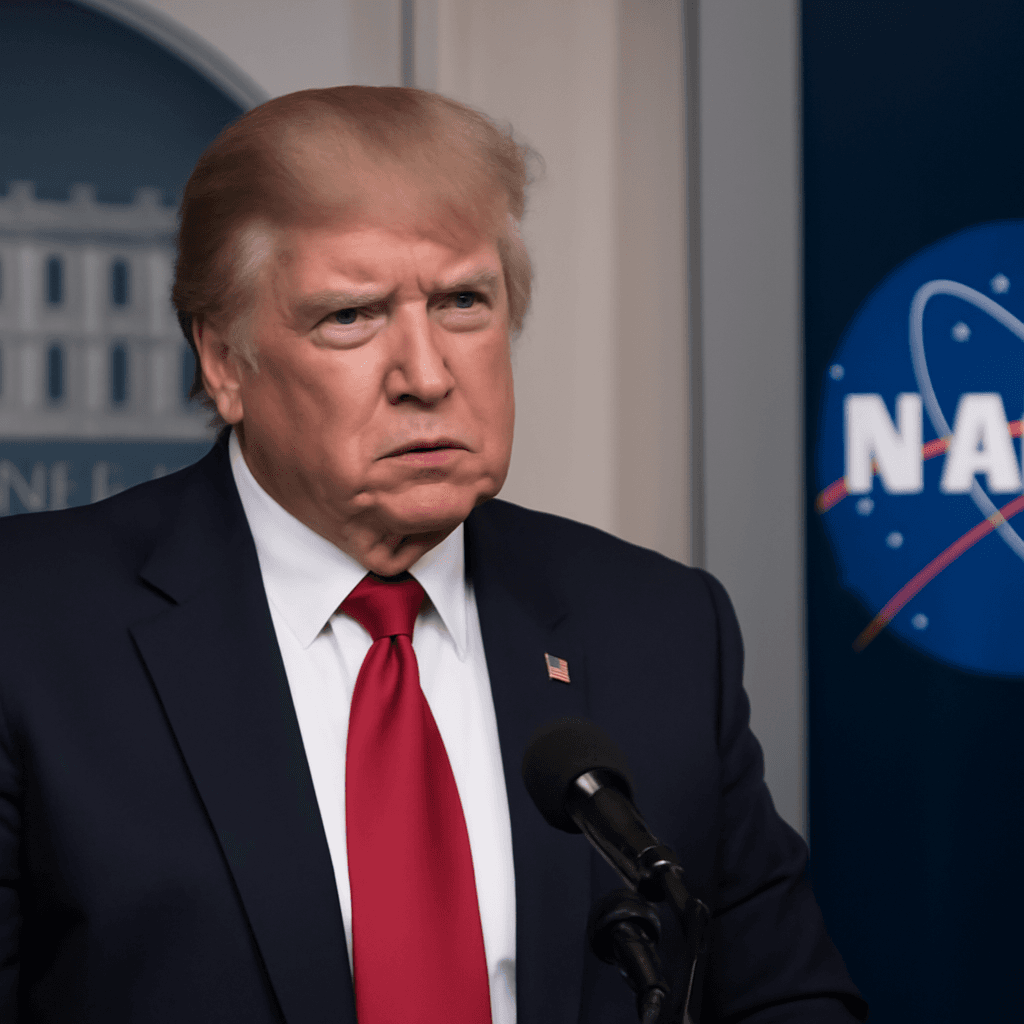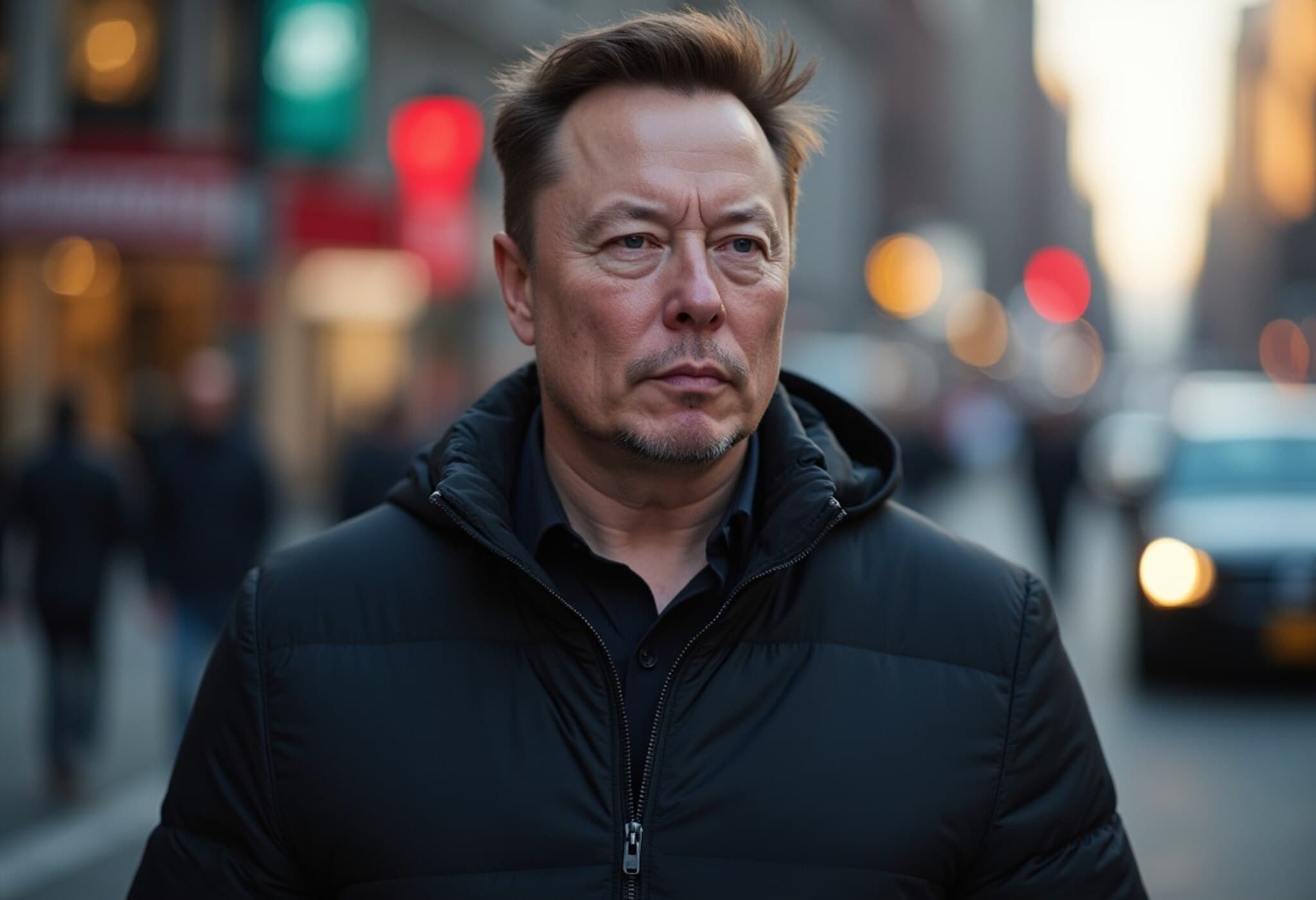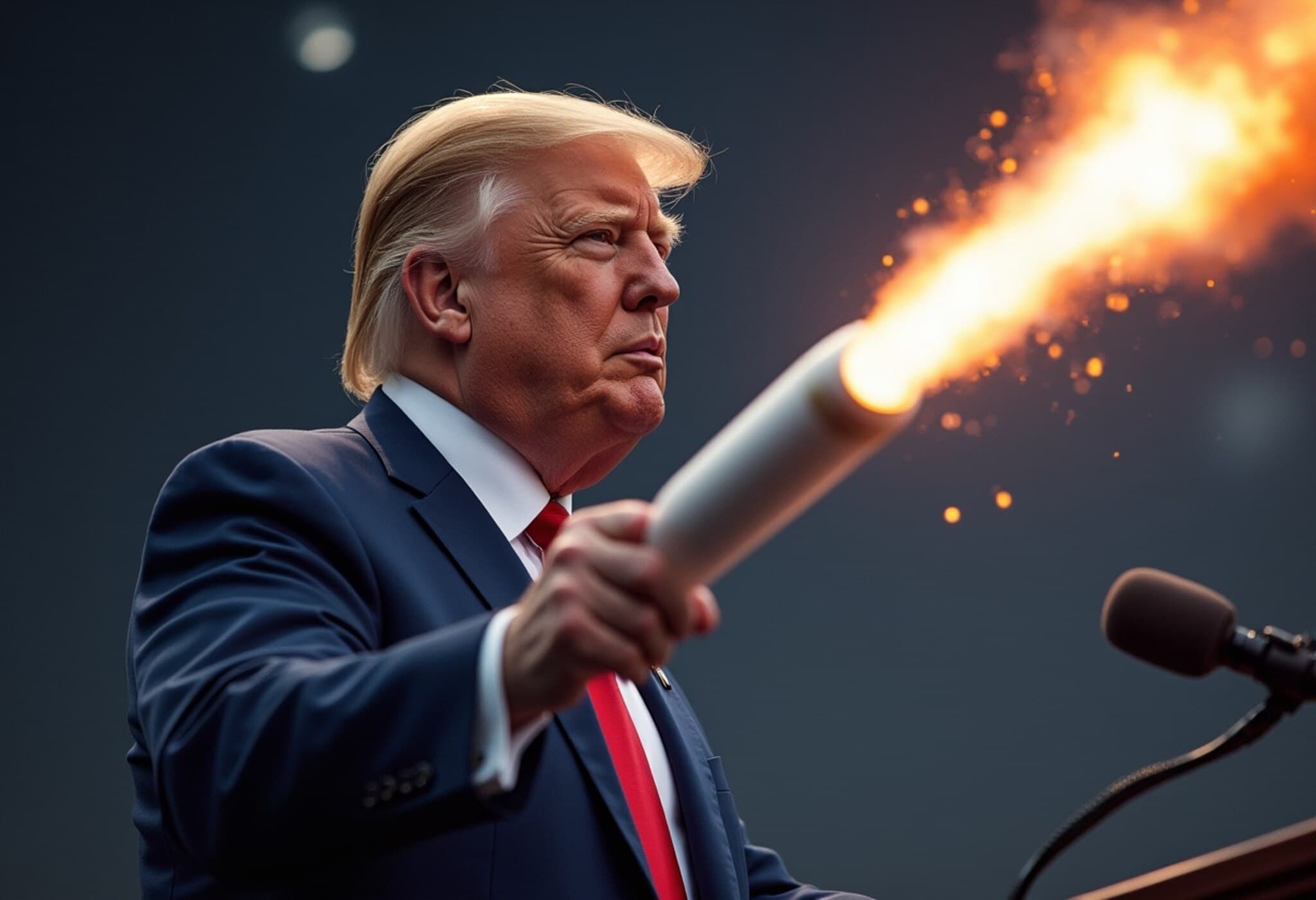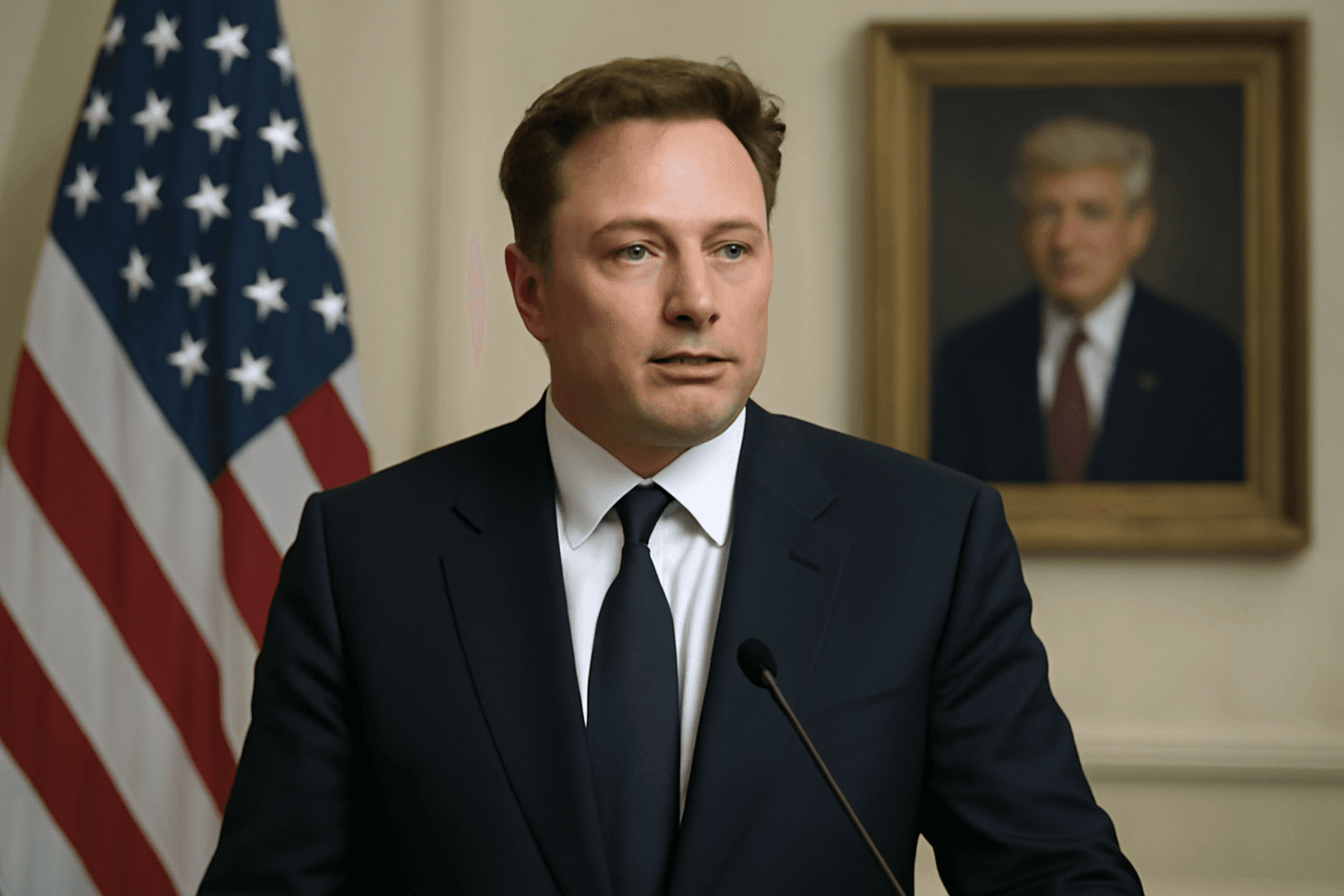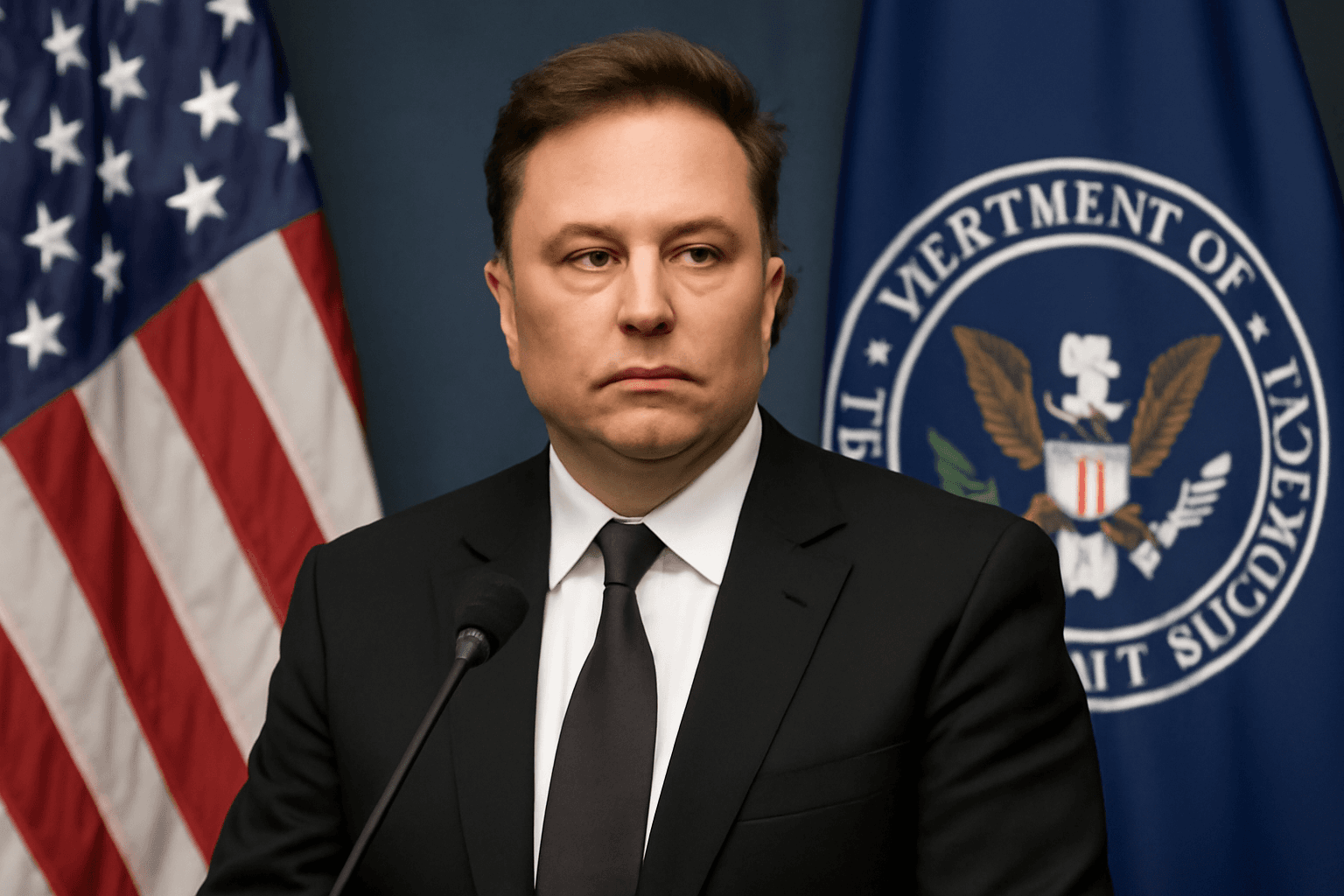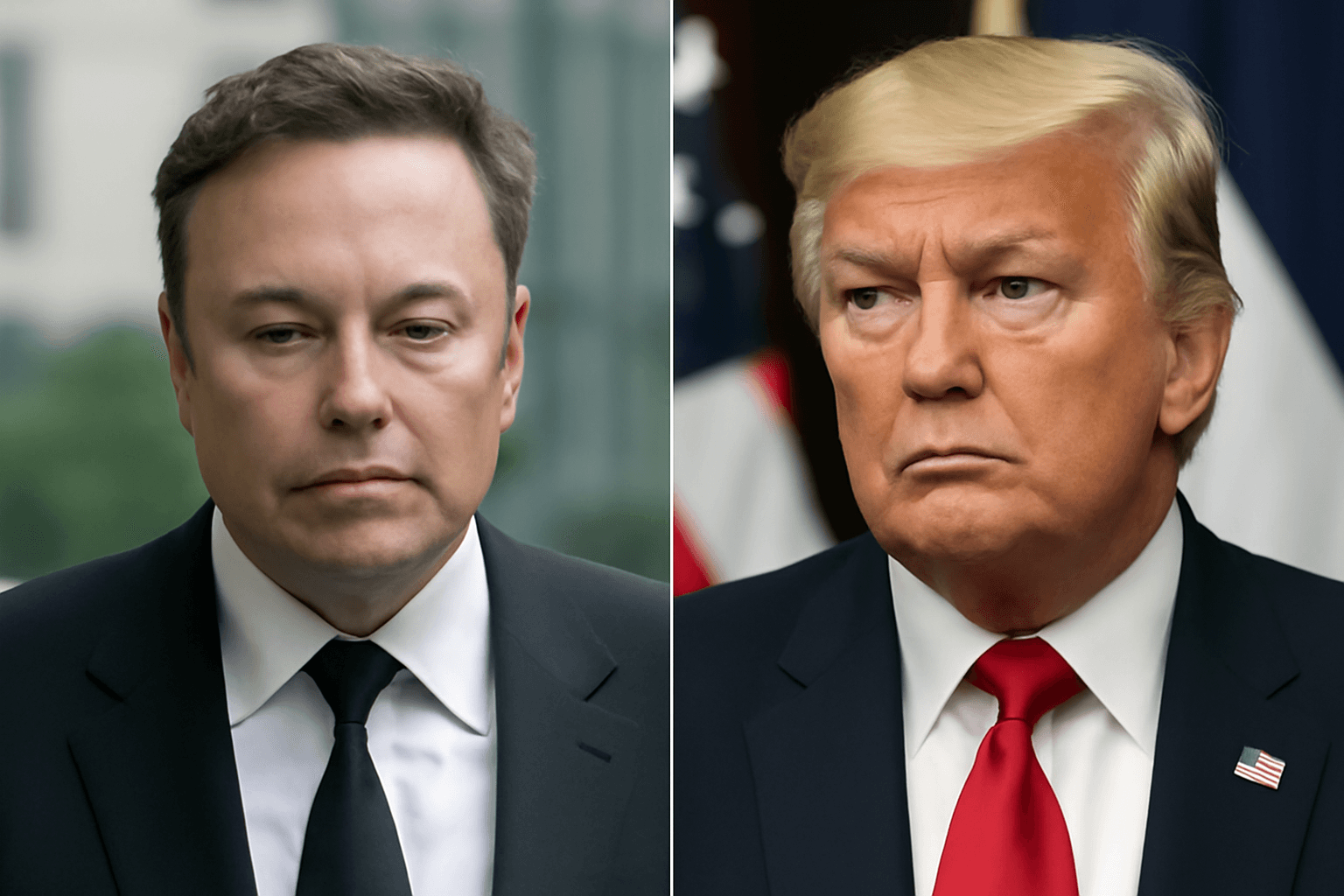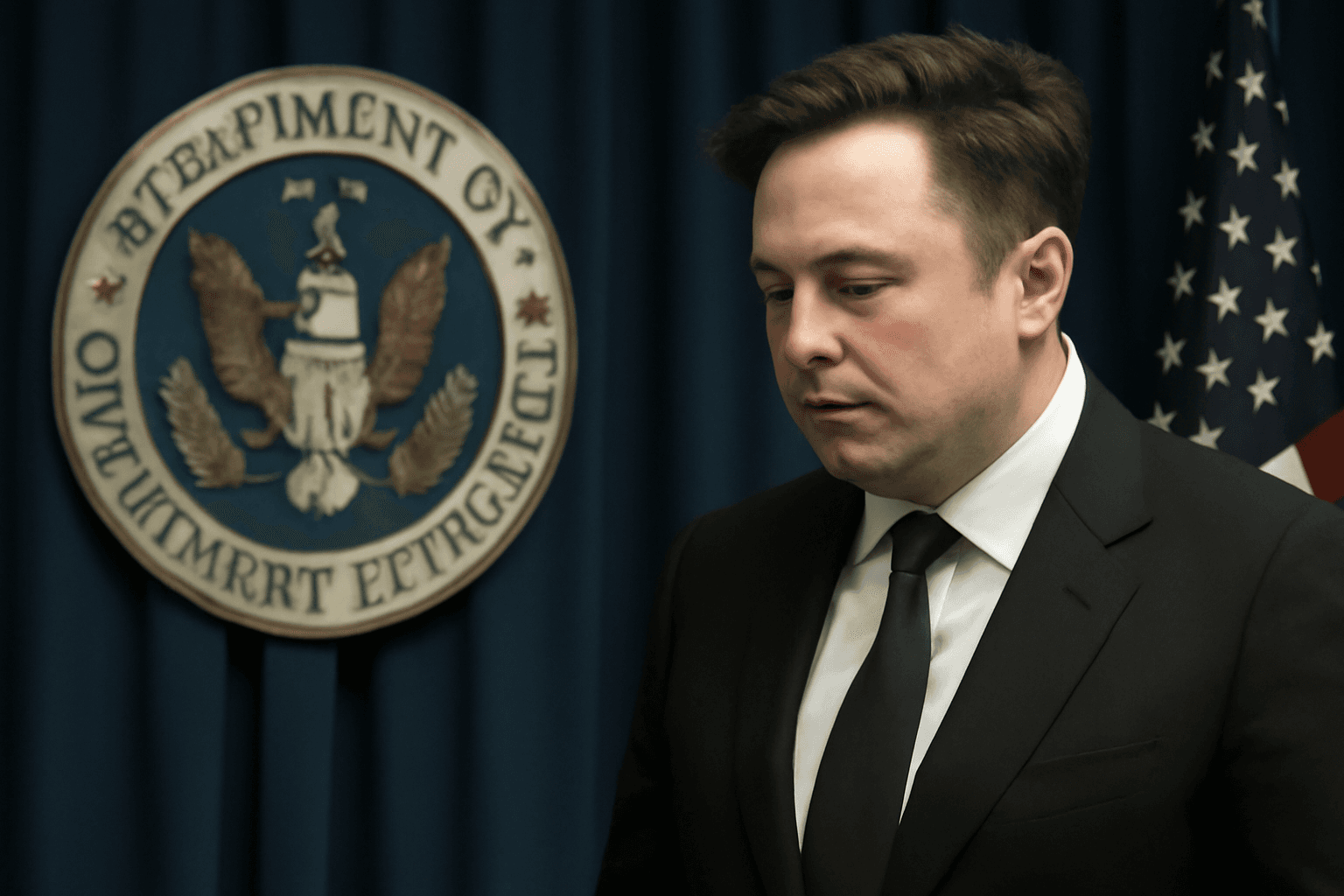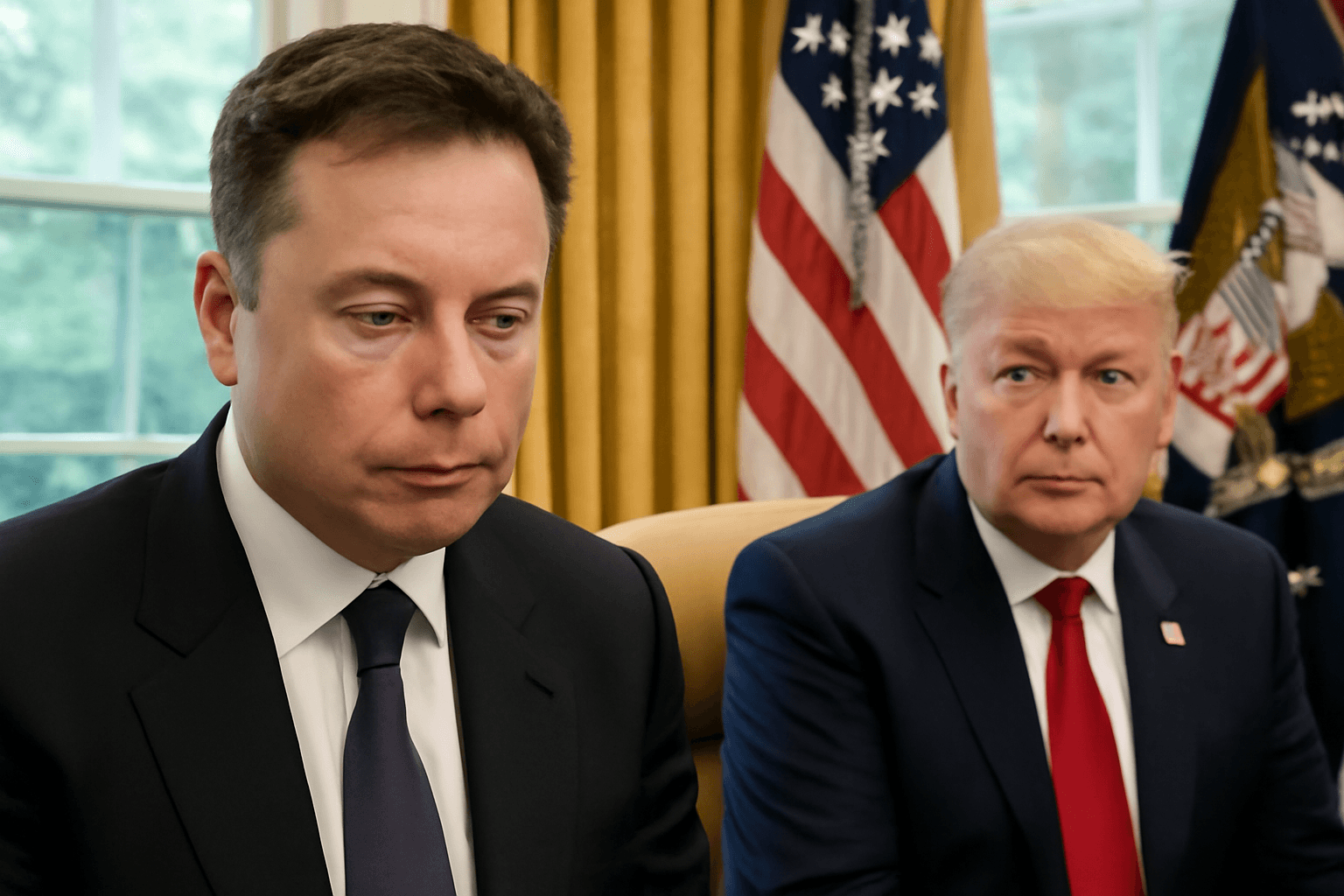Trump Signs Executive Order to Streamline Commercial Spaceflight Regulations
On August 13, 2025, U.S. President Donald Trump took a decisive step to accelerate American commercial space ventures by signing an executive order aimed at simplifying federal regulations around rocket launches. This move is seen as a significant boost for private aerospace companies, particularly Elon Musk's SpaceX, which dominates the U.S. launch market in frequency and scale.
Less Red Tape to Propel Space Industry Growth
The executive order instructs the U.S. Department of Transportation Secretary to reduce or expedite environmental reviews for launch licenses handled by the Federal Aviation Administration (FAA). Additionally, it directs the removal of "outdated, redundant or overly restrictive rules" that currently burden launch and reentry vehicle operations.
According to the White House, existing regulatory complexities have discouraged investment and stifled innovation, hindering the U.S. space sector’s ability to compete on the global stage. The order points out that cumbersome licensing frameworks tend to favor established companies that can absorb compliance costs, while erecting significant barriers for startups and new entrants looking to break into the market.
Why This Matters: The SpaceX and Industry Impact
While SpaceX was not explicitly named in the executive order, the company stands to gain most immediately from these regulatory loosening efforts. Elon Musk’s firm conducts more rocket launches than any other U.S. space entity, including NASA, and has faced delays from environmental impact evaluations and procedural investigations—especially around its pioneering Starship launch tests at the Boca Chica, Texas facility.
Musk has repeatedly expressed frustration over these drawn-out review processes, which slow down the iterative testing vital to advancing SpaceX’s ambitious plans for interplanetary travel and satellite deployment. This order could cut weeks or months off the approval timelines, enabling faster turnaround and scaling of launch operations.
Balancing Innovation with Safety and Environmental Concerns
Experts caution, however, that while regulatory relief can fuel industry growth, it is critical not to undermine environmental stewardship or safety oversight—elements crucial to sustainable spaceflight development. The challenge will be crafting regulations agile enough to encourage innovation without compromising protections for communities surrounding launch sites or the broader atmosphere.
Regional and Economic Implications
- Economic Growth: Texas, home to SpaceX’s Starship program, could see increased job creation and infrastructure investment.
- Global Competitiveness: Simplified U.S. regulations may give American companies an edge over international competitors restricting commercial launches.
- Policy Dynamics: Trump’s intervention highlights the growing importance of federal policy in shaping the space economy’s future trajectory post-NASA’s traditional dominance.
Editor’s Note: Charting the Future of Commercial Spaceflight
This regulatory shift marks a pivotal moment in American space policy, emphasizing speed and flexibility as keys to winning the space race of the 21st century. While it promises to unleash innovation and market dynamism, it also raises important questions about maintaining rigorous environmental and safety standards amidst rapid growth. Observers should watch closely whether these changes spark a new wave of launch activity or ignite tensions between economic ambitions and regulatory responsibilities.
Ultimately, as commercial spaceflight becomes increasingly central to the economy and national security, balancing these interests will require thoughtful oversight paired with visionary leadership—an ongoing story shaping our reach beyond Earth.






